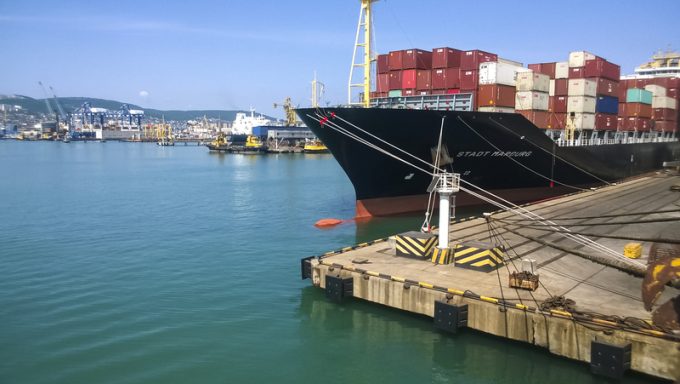Global container demand declines spurred by backhaul blues
All eyes on the tariff fallout

The ageing fleet of small to medium-sized containerships needs replacing but carriers and non-operating owners have neglected to invest in these crucial workhorse vessels, according to Alphaliner.
“Over the past years, carriers have primarily placed orders for very large and ultra-large containerships,” said the consultant, noting that both the shipping lines and NOOs had “neglected the medium sized sector from 4,000-9,000 teu”.
A carrier contact admitted to The Loadstar recently that it had “too many big ships” in its fleet.
“It’s not been ...
Outlook for container shipping 'more uncertain now than at the onset of Covid'
Transpac container service closures mount
Shippers warned: don't under-value US exports to avoid tariffs – 'CBP will catch you'
Cancelled voyages take the sting out of spot rate declines this week
New Houthi warning to shipping as rebel group targets specific companies
Blanked sailings in response to falling demand 'just a stop-gap solution'
K+N CEO unveils impact of US import tariffs on China-origin goods
CMA CGM to reflag box ship as the French carrier eyes growing Indian market
UK pauses tariffs on 'everyday' items
Boeing looks to resell up to 50 aircraft rejected by Chinese buyers
'Strong start' to 2025, despite market uncertainty, says Kuehne + Nagel
US Customs chaos means 'more downside risk than upside potential' for air cargo
More pressure on transpacific rates as carriers bet on a China-US trade deal
Taiwan ministries act to mitigate effect of trade war on agriculture exports
Wan Hai joins box shipping 'arms race', but avoids Chinese yards for newbuilds


Comment on this article